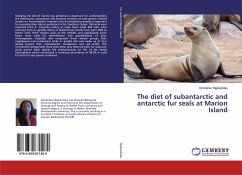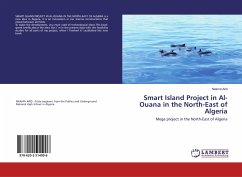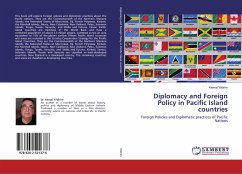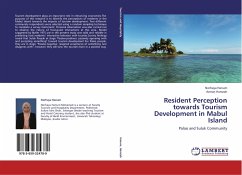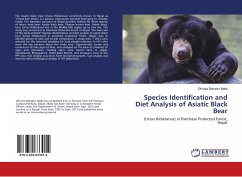Studying the diet of marine top predators is important for understanding the distribution, abundance and seasonal variation of prey species. Dietary studies on Arctocephalus tropicalis and Arctocephalus gazella is important for assessing their role as predators in the Southern Ocean. 764 scats were collected from A. tropicalis colony at Cape Davis while 659 scats were collected from A. gazella colony at Watertunnel stream from April 2006 to March 2010. Hard remains such as fish otoliths and cephalopod lower beaks were used for identification and quantification of prey. Arctocephalus tropicalis diet comprised three animal groups (fish, cephalopod and crustaceans while A. gazella diet was made up of four animal groups (fish, cephalopods, crustaceans and sea birds). Fish contributed substantially more than other prey items on both fur seals over study period. Both species fed predominantly on fish of the family Myctophidae which constituted a numerical abundance of 98.9% in scats for both fur seal species combined.
Bitte wählen Sie Ihr Anliegen aus.
Rechnungen
Retourenschein anfordern
Bestellstatus
Storno

